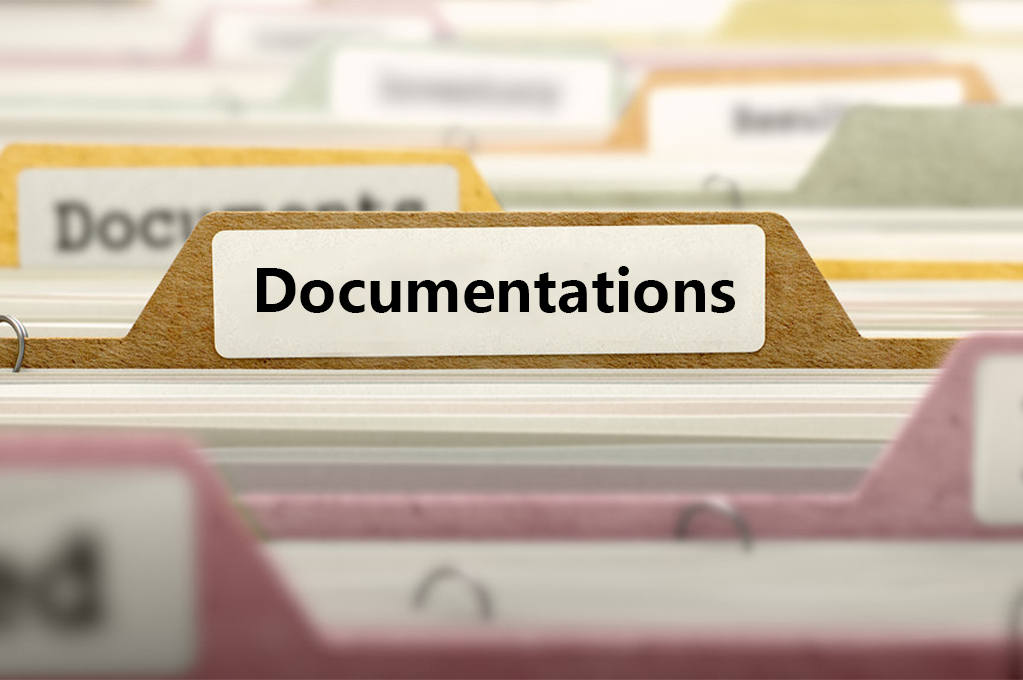A Comprehensive Navigating for Importing Garments
Successfully navigating the customs clearance and declaration process is a critical aspect of importing garments. This process ensures that your shipment complies with all legal requirements, avoids unnecessary delays, and minimizes the risk of incurring additional costs or penalties. Here is a comprehensive guide to help you understand and manage the customs clearance and declaration process when importing garments.
Understanding Customs Clearance
Customs clearance is the process by which imported goods are officially authorized to enter a country. It involves presenting the necessary documentation to customs authorities, paying any applicable duties and taxes, and ensuring that the shipment meets all regulatory requirements. Failure to comply with customs procedures can result in significant delays, fines, or even the seizure of goods.
Preparation Before Shipment
Documentation Preparation
Before your shipment departs from China, gather and prepare the required documents. These typically include:
- Commercial Invoice: A detailed list of the goods, their value, and the terms of sale.
- Packing List: An itemized list of the contents of the shipment, including quantity, weight, and dimensions.
- Bill of Lading (B/L): Proof of ownership of the cargo and a contract of carriage between the shipper and the carrier.
- Certificate of Origin (CO): A document certifying the country of origin of the goods, which may affect duty rates.
- Import License: Required for certain goods or by certain countries.
- Phytosanitary Certificate: For garments containing natural fibers, to ensure they are free from pests or diseases.
- Shipping Manifest: A detailed list of all goods included in the shipment

Submission of Application
- Submit Documents: Submit the aforementioned documents to the customs authority or authorized agent in the exporting country for export declaration.
- Pay Duties and Taxes: Depending on the type and value of the goods, pay the corresponding duties and taxes, such as Value Added Tax (VAT) and customs duties.
Proses Pelepasan Kastam
Select a Customs Broker
- Choose a Broker: Unless you are handling the process yourself, it is common to choose a professional customs broker to assist with the import clearance procedures. Ensure the selected broker has a good reputation and extensive experience.
Submit Import Documents
- Import Documentation: Submit all export declaration documents mentioned above, along with any additional required documents (such as import licenses, quota certificates, etc.) to the customs department of the destination country.
Pay Import Duties and Taxes
- Pay Duties: Similarly, pay the applicable import duties and taxes based on the type and value of the goods. Different countries have varying tariff rates and exemption policies, so it’s important to understand these beforehand.
Accept Cargo Inspection
- Inspection: The destination country’s customs may perform random sampling inspections to ensure the goods comply with local laws and regulations.
Obtain Release Notice
- Release Notification: After completing all procedures and paying relevant fees, customs will issue a release notice, allowing the goods to be transported from the port or airport to the final destination.

Points to Note
- Ensure Consistency: All information submitted to customs must be consistent across documents, including data on the quantity, weight, and value of the goods.
- Comply with Laws and Regulations: Understand and adhere to all laws and regulations concerning the import of garments in the destination country, including but not limited to environmental standards and safety requirements.
- Allow Sufficient Time: The customs declaration and clearance process can be time-consuming, especially during holidays or special periods, which may require longer processing times. Therefore, plan transportation in advance.
- Maintain Good Communication: Keep good communication with suppliers, logistics providers, and customs brokers to ensure all steps proceed as planned.
In the customs clearance and declaration process of imported clothing, attention to details, compliance with regulations, and usually the assistance of experienced professionals are required. I hope this article can help you smoothly complete the import process and avoid potential pitfalls.

